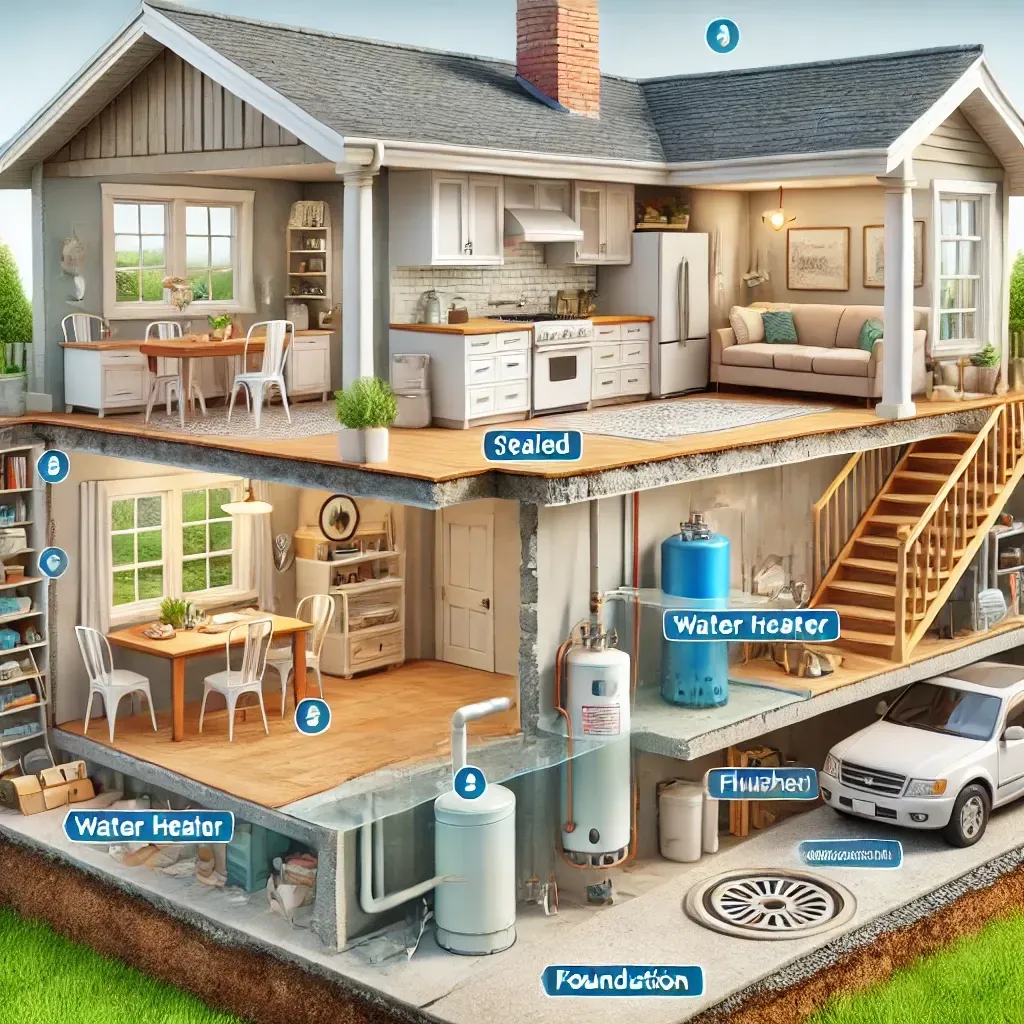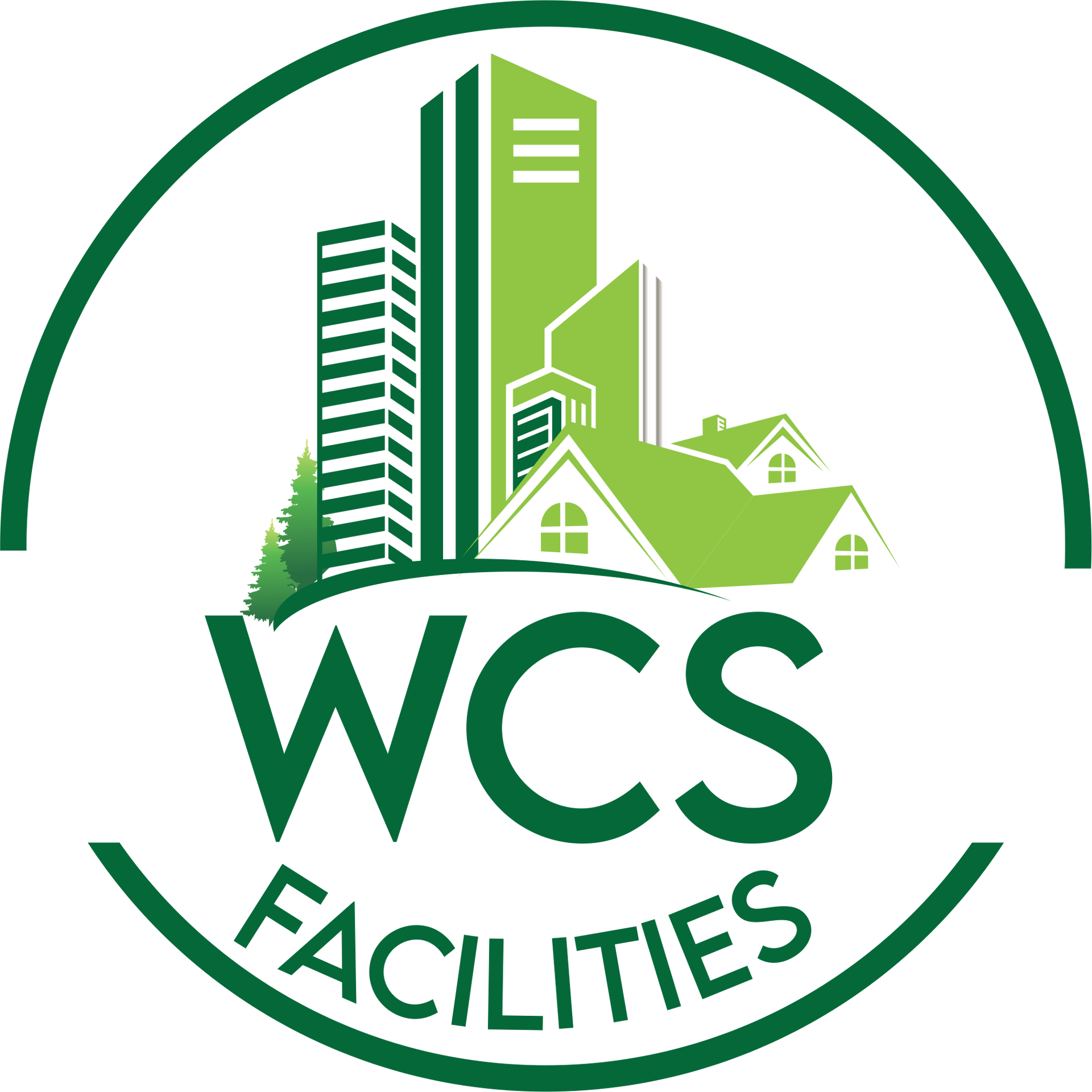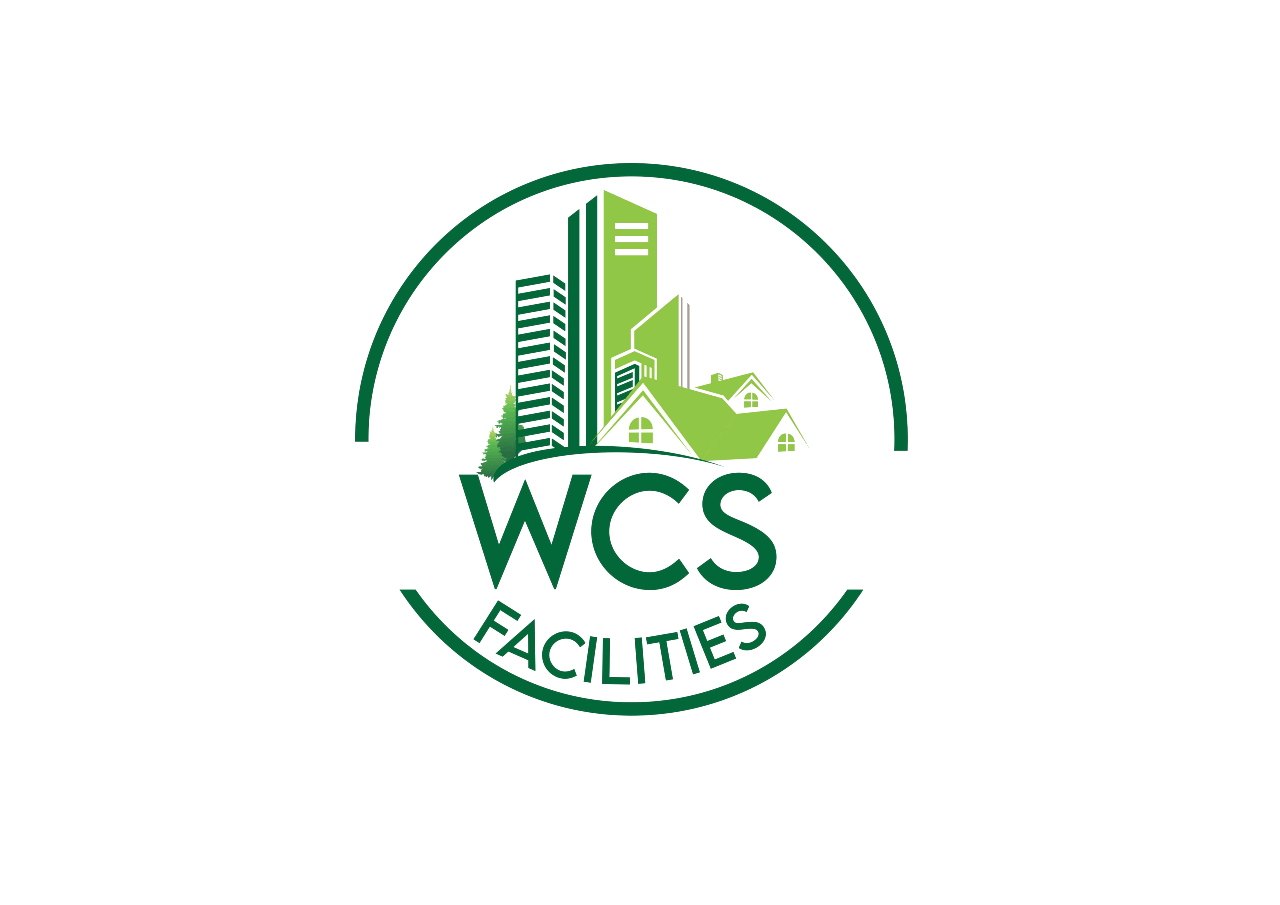Common Concrete Step Problems and Their Solutions
If you own a home with concrete steps, you've likely encountered issues with them at some point. From cracks and crumbling edges to uneven surfaces, these problems can be frustrating and potentially hazardous. But fear not! This comprehensive guide will delve into the world of concrete steps, offering expert solutions to address common problems and keep your steps in top-notch condition. So, whether you're pondering how to repair concrete steps yourself or seeking professional advice, you've come to the right place.
Concrete steps are not just functional elements of your home's exterior but also crucial to its aesthetics and safety. While they are designed to withstand the test of time, exposure to the elements and regular usage can take a toll on their condition. But here's the good news – with the proper knowledge and proactive measures, you can ensure that your concrete steps remain sturdy, safe, and visually appealing for years to come. So, let's roll up our sleeves and dive into the world of concrete step care!

Preventive Steps to Avoid Extensive Damage
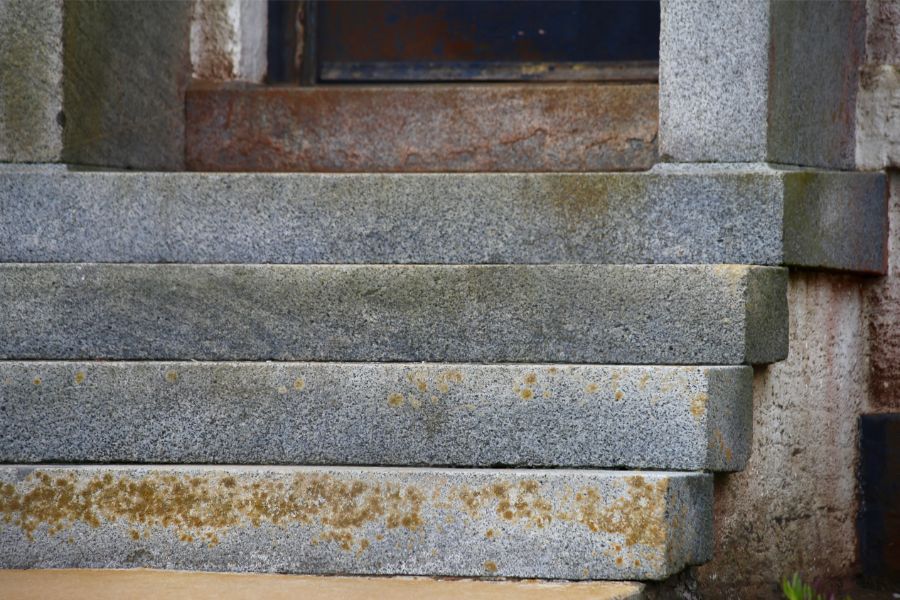
Before delving into concrete step repair, it's essential to understand the preventive measures that can help you avoid extensive damage in the first place. By taking proactive steps, you can extend the life of your concrete steps and save yourself from costly repairs down the line.
- Regular Inspection: Schedule periodic inspections of your concrete steps to identify any minor issues before they escalate into significant problems. Look for cracks, chipping, or signs of water damage, and address them promptly.
- Proper Drainage: Ensure that your steps have adequate drainage to prevent water from pooling and seeping into the concrete, causing erosion and cracks. Consider installing gutter downspouts or redirecting water away from the steps.
- Sealant Application: Apply a high-quality concrete sealant to protect your steps from moisture and harsh weather conditions. Sealants act as a barrier, preventing water penetration and reducing the risk of cracks.
- Avoid Deicing Chemicals: During winter, refrain from using deicing chemicals like rock salt on your steps. These chemicals can accelerate concrete deterioration. Instead, use sand or alternative ice melt products that are less harmful to concrete.
Adopting these preventive measures can significantly reduce the chances of encountering common concrete step problems. However, in case issues do arise, it's essential to understand the potential causes and how professionals diagnose and address them effectively. Let's move on and explore this in-depth.
Diagnosing and Addressing Concrete Step Problems
Despite taking preventive measures, concrete steps can still face various issues due to environmental factors, usage, or age. In this section, we'll explore the potential causes of these problems and discuss how professionals diagnose and address them effectively.
- Cracking Patterns: Concrete steps can experience different types of cracks, such as hairline cracks, settlement cracks, or pattern cracks. A professional can analyze the crack patterns to identify the root cause, whether it's due to structural issues, freezing and thawing, or improper installation.
- Uneven Surfaces: If your steps have become uneven, it may be due to soil settling beneath the concrete or erosion caused by water. A qualified contractor can determine the extent of the problem and provide solutions like mudjacking or slab leveling to restore a level surface.
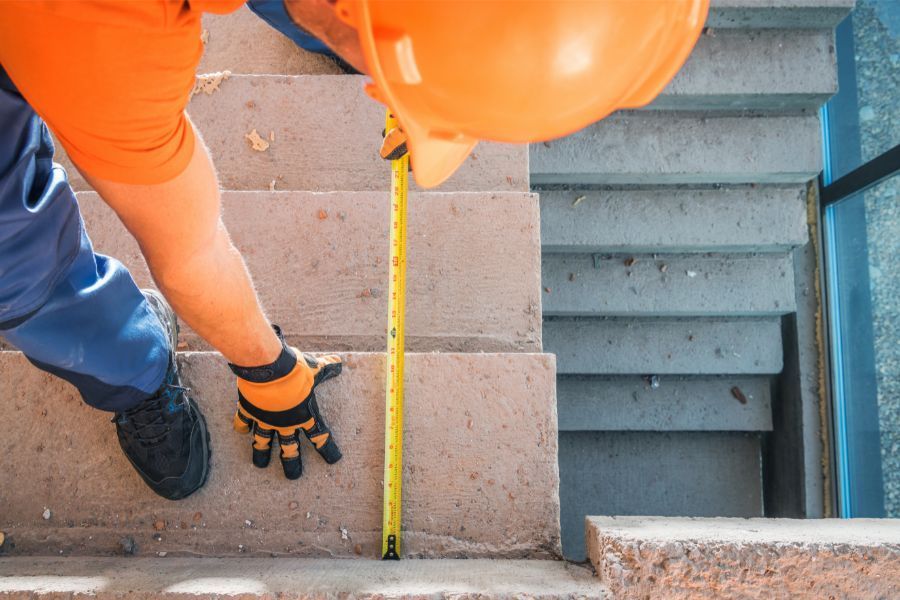
- Spalling and Scaling: Spalling refers to the chipping or flaking of the concrete surface, while scaling involves the loss of the top layer. These issues often result from freeze-thaw cycles, poor-quality concrete, or incorrect finishing techniques. Resurfacing the steps can help address these problems effectively.
- Discoloration and Stains: Concrete steps may develop unsightly stains over time due to rust, oil spills, or efflorescence (white, powdery deposits caused by moisture). Professional cleaning and stain removal techniques can restore the appearance of your steps.
In conclusion, maintaining concrete steps in excellent condition requires a combination of preventive measures and prompt action when issues arise. By conducting regular inspections, applying sealants, and avoiding harmful chemicals, homeowners can prolong the life of their steps and prevent extensive damage.
In cases where problems do occur, seeking professional assistance is crucial for accurate diagnosis and effective solutions. Whether it's addressing cracks, uneven surfaces, or discoloration, hiring experienced concrete contractors ensures that repairs are done correctly and efficiently.
Remember, taking care of your concrete steps not only enhances the curb appeal of your home but also ensures the safety of everyone using them. So, be proactive, and don't neglect the care your steps deserve. With the right approach, your concrete steps will remain in great shape for years to come, reducing the need for
concrete disposal and saving you time and money in the long run.
You might also like

